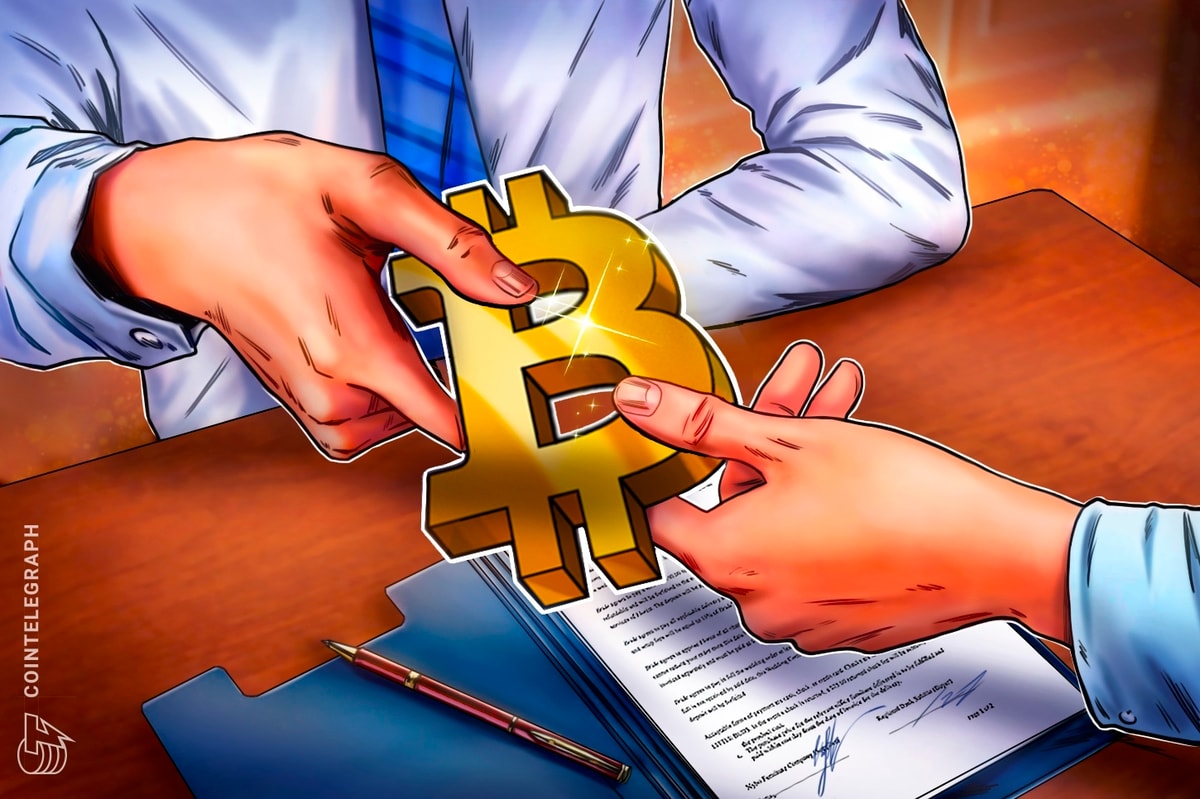
"Bitcoin's price has soared since many investors first entered the market, leaving holders with a tough question: Should you sell now, or keep holding for the future? For some, selling could mean finally realizing profits and turning digital wealth into real-world rewards. For others, it raises the fear of missing out on even greater gains if Bitcoin (BTC) climbs higher."
"That tension is driving renewed interest in an idea that was both popular and controversial in the last bull market: crypto lending. At its core, crypto lending offers a way to unlock cash without selling your Bitcoin, thereby holding onto the asset you believe in. The concept isn't new, and neither are the risks. Several major lending platforms collapsed during the last downturn, wiping out billions of dollars in customer funds and leaving lasting scars on the industry."
"But in 2025, the topic is heating up again. New companies, fresh approaches and evolving regulations are reshaping the landscape. Decentralized finance (DeFi) protocols are gaining ground, centralized platforms are promising stronger safeguards and institutional interest is quietly building in the background. Still, the same question remains: Is it really safer this time around, or are investors walking into the same dangers all over again?"
Bitcoin's recent price surge forces holders to choose between selling for realized gains or holding for potential future appreciation. Crypto lending provides loans collateralized by Bitcoin that let holders access cash without selling their assets. The practice carries risks, evidenced by major platform collapses during the previous downturn that wiped out billions in customer funds. In 2025, renewed interest emerges as new companies, updated business models and evolving regulations reshape the sector. Decentralized finance protocols are expanding, centralized platforms claim stronger safeguards, and institutional participation is increasing. Persistent concerns remain about whether current protections adequately prevent past failures.
Read at cointelegraph.com
Unable to calculate read time
Collection
[
|
...
]